Kebaya Dress: An Emblem of Cultural Elegance
The kebaya dress stands as a quintessential representation of traditional attire, deeply rooted in Southeast Asian culture. This garment, often associated with grace and femininity, has evolved through the ages, embracing modern influences while retaining its cultural essence. The kebaya has transcended its traditional boundaries to become a versatile piece worn for various occasions, from casual gatherings to formal events like weddings.
Types and Variations
There is a myriad of styles within the kebaya collection, each reflecting a unique heritage and aesthetic. The traditional kebaya is known for its simple yet elegant cut, often paired with a batik sarong. In contrast, the modern baju kebaya incorporates contemporary fashion elements, offering a fresh take on the classic design. Special varieties like the kebaya wedding dress and kebaya modern wedding ensembles have gained popularity for their blend of tradition and modernity, making them a favored choice for brides seeking a cultural touch in their bridal attire.
Design Features and Materials
The kebaya is distinguished by its delicate fabrics and intricate details. Materials range from sheer organza to luxurious silks, each chosen for its ability to drape elegantly on the wearer. Designs often feature exquisite handiwork such as lace, embroidery, or sequins, adding to the garment's allure. The kebaya cheongsam modern is a testament to the fusion of different cultural garments, showcasing a blend of the traditional kebaya with the Chinese cheongsam, often seen with mandarin collars and a fitted silhouette.
Cultural Significance and Applications
Beyond fashion, the kebaya is a symbol of cultural identity, particularly within the Baba Nyonya community, where the baba nyonya dress and nyonya outfit are worn with pride during cultural festivities. The sarong kebaya, another variant, is commonly associated with the Peranakan culture, where it is donned during traditional ceremonies and events. The kebaya's versatility also extends to casual wear, with the nyonya dress and malay kebaya being adapted for everyday use, reflecting the wearer's heritage in daily life.
Advantages and Versatility
The kebaya's adaptability is one of its most significant advantages. It can be tailored to fit any body type, ensuring a flattering fit for all. The range of styles, from the baju kebaya lilac with its soft pastel hues to the bold and vibrant patterns of the modern nyonya kebaya, allows for personal expression through fashion. Additionally, the kebaya's design is such that it can be easily paired with different types of clothing, such as trousers or different styles of skirts, making it a versatile addition to any wardrobe.
Conclusion
The kebaya dress is more than just a piece of clothing; it is a narrative of history, culture, and identity, woven into the fabric of Southeast Asian life. Its evolution from a traditional garment to a modern fashion statement demonstrates its enduring appeal and adaptability. Whether it is the elegance of a kebaya for wedding or the casual charm of a kebaya outfit, this attire continues to captivate and inspire, promising to remain a cherished part of the region's sartorial landscape.
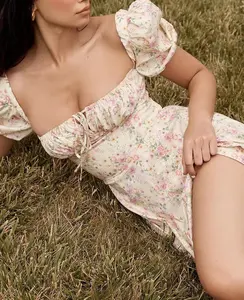

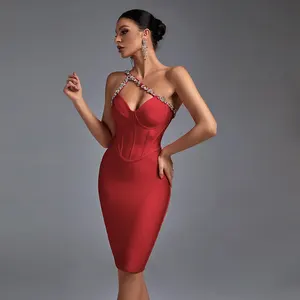





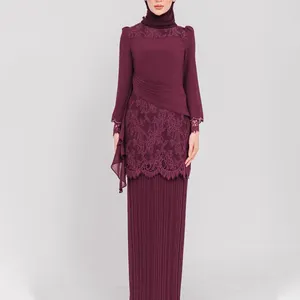






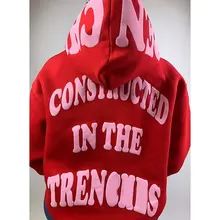


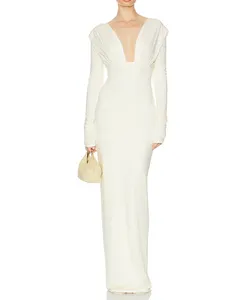


























 浙公网安备 33010002000092号
浙公网安备 33010002000092号 浙B2-20120091-4
浙B2-20120091-4